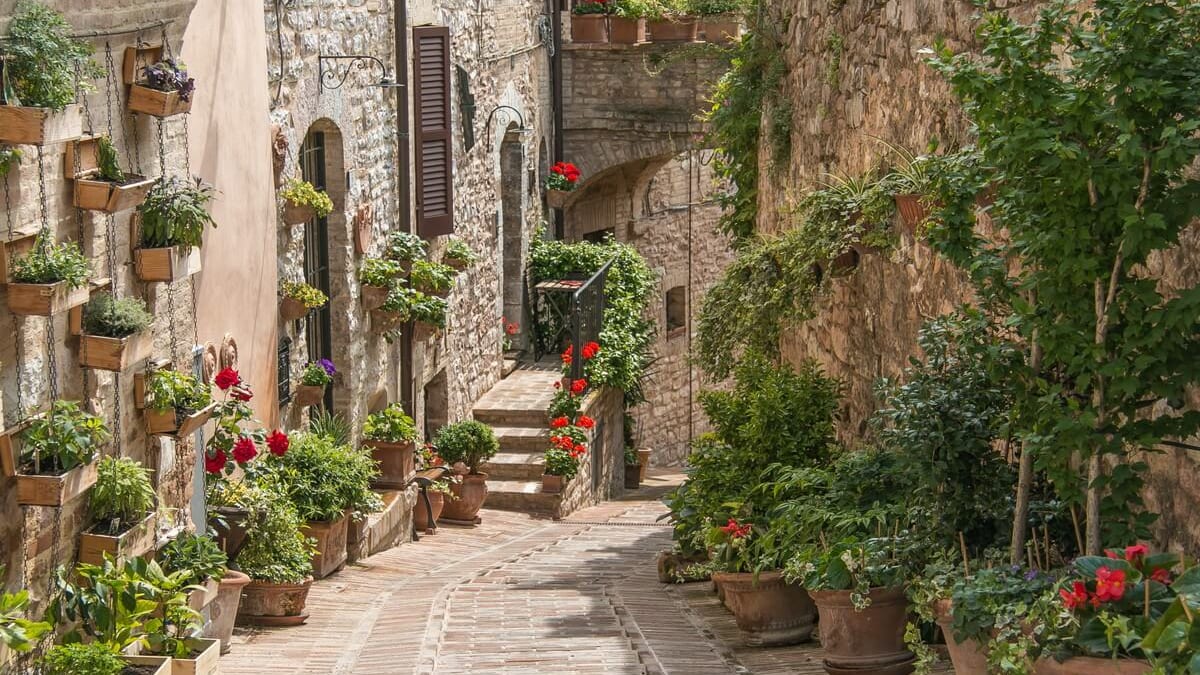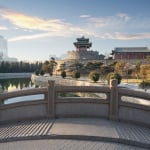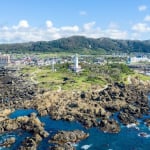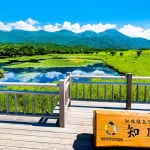Name: San Lorenzo Cathedral/Duomo/Cattedrale di San Lorenzo
Address: Piazza 4 Novembre, 06123 Perugia, Italy
Official/Related Site URL: http://www.cattedrale.perugia.it/
The capital of the Umbria region in central Italy, "Perugia" is a popular tourist destination visited by people from all over the world. It is also known as the venue for the "Eurochocolate" festival, a chocolate event held every October in Perugia. The city’s historic streets are lined with stylish shops and cafes, making it enjoyable just to walk around. There are also many hotels in the central area, making it convenient for tourists. Here, we introduce some recommended tourist spots in the charming city of Perugia.
table of contents
[x] close
6 Recommended Tourist Spots to Visit in Perugia, Italy
1. San Lorenzo Cathedral
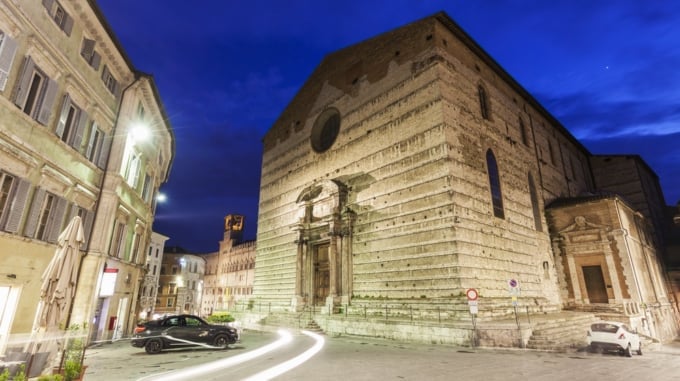
Located in the city’s central Piazza IV Novembre, the San Lorenzo Cathedral (Duomo) was built in the 15th century. Compared to the ornate Duomos in Milan, Siena, or Florence, it may seem modest on the outside, but once you step inside, you’ll find high ceilings, altar paintings, and stained glass.
A highlight is Federico Barocci’s The Deposition of Christ located in the cathedral’s first chapel. Another treasure is a relic known as the "Wedding Ring of the Virgin Mary." This small ring, said to be made of crystal, was the subject of long-standing disputes over ownership between neighboring cities. As it is a very precious relic, it is a must-see. However, note that photography inside the cathedral is prohibited.
2. Fontana Maggiore
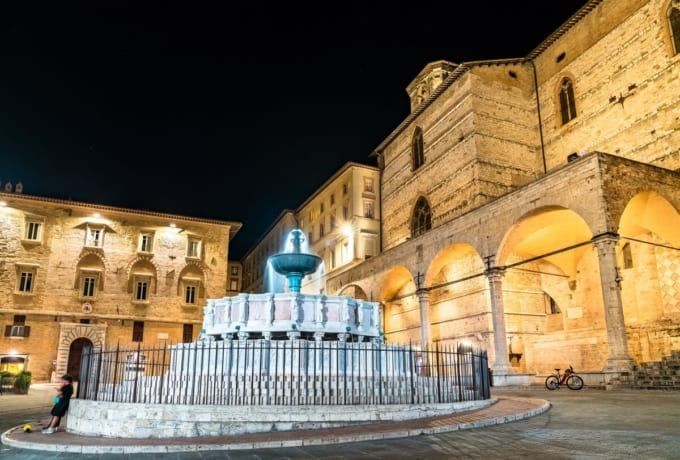
Fontana Maggiore stands right in front of San Lorenzo Cathedral and is a symbol of the city of Perugia. Built in the late 13th century, its intricate relief sculptures are based on subjects from the Old Testament and other themes. It’s a very beautiful fountain, so be sure to walk around it. Although it’s surrounded by a fence and you can’t get too close, it remains a popular spot for photography.
Today, it may not seem like a very large fountain, but it was constructed in the 13th century. Bringing a stable water supply to the hilltop city of Perugia was a very challenging task at the time. It is said that water was drawn from nearby mountain springs, and the aqueducts built for this purpose still remain in the city today. Don’t miss this historical site that reflects Perugia’s focus on the importance of water in urban planning.
Name: Fontana Maggiore
Address: Piazza IV Novembre Perugia, 06122
Official/Related Site URL: http://www.perugiaonline.it/perugia_fontanamaggiore.html
3. Palazzo dei Priori
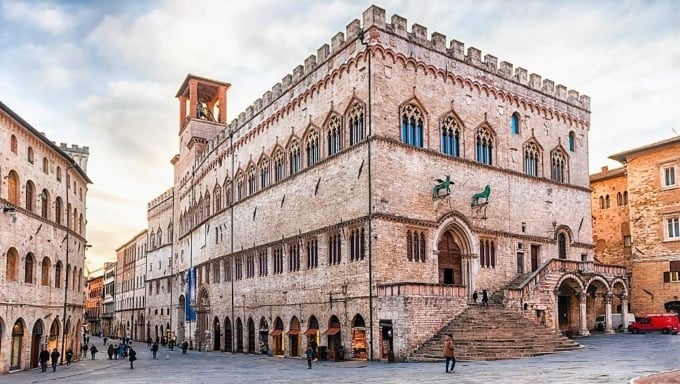
Palazzo dei Priori was built during Perugia’s most prosperous period, from the 13th to the mid-15th century. Today, it houses the National Gallery of Umbria, as well as rooms for notaries, the merchants’ guild, and the moneychangers’ guild, making it one of Perugia’s must-visit tourist spots. Located in the heart of the old town, it’s perfect for a short visit if you’re pressed for time. You can enter the National Gallery of Umbria on the 4th floor from the side of Corso Vannucci.
The entrance features beautiful relief decorations with seven layers of arches, and the lion sculptures on either side have unique expressions worth noticing. There are also many works by Perugino, the mentor of the young Raphael and an artist closely associated with Perugia. If you’re interested in religious paintings, this is highly recommended. Additionally, in the merchants’ guild, you’ll find a rare parquetry hall, and in the notaries’ hall, you’ll be amazed by the frescoed ceilings. This tourist spot allows you to witness the remnants of Perugia’s prosperous medieval period in a meeting hall.
Name: Palazzo dei Priori
Address: Corso Vannucci 15, Perugia, Italy
Official/Related Site URL: http://www.perugiaonline.it/perugia_palazzodeipriori.html
4. Sant’Angelo Church
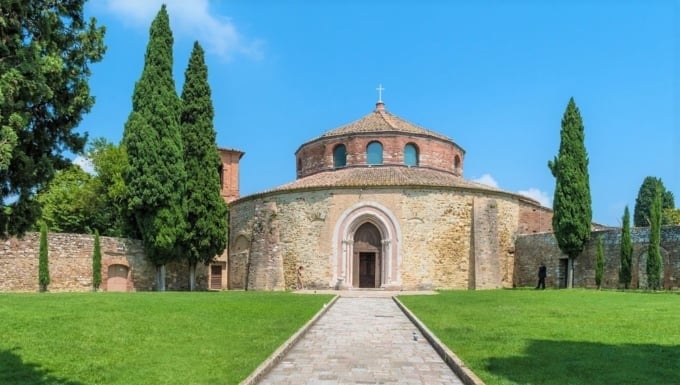
About a 15-minute walk northwest from the center of the old town, you’ll come across Sant’Angelo Church, the oldest church remaining in Perugia. The round, stone structure stands alone on a grassy lawn, and its charming appearance makes it stand out. The church was built between the 5th and 6th centuries, making it one of the oldest churches in Italy. Its dome-shaped ceiling is supported by eight beams, which are in turn held up by sixteen pillars arranged in a circle.
All the materials used in the church’s construction were gathered from other buildings, so the colors and patterns of the sixteen pillars vary, giving the church a unique atmosphere. It’s a peaceful place where you can feel like time has stood still. Not only a tourist site, Sant’Angelo Church is also a tranquil retreat for the citizens of Perugia.
Name: Sant'Angelo Church (Temple of St. Michael the Archangel)
Address: Via del Tempio, Perugia, Italy
Official/Related Site URL: http://turismo.comune.perugia.it/poi/chiesa-di-san-michele-arcangelo
5. Rocca Paolina (Pauline Fortress)
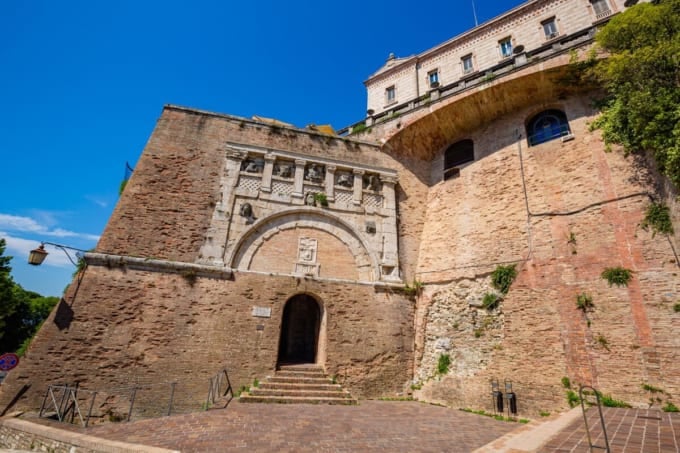
The Rocca Paolina is a fortress built in 1540 by Pope Paul III. Today, it is a notable tourist spot, repurposed as an underground passageway. The entrance is a descending escalator located next to the Perugia Prefecture. Inside, the high ceilings, cobbled paths, and dim lighting give the feeling of walking through a medieval city at night. The combination of medieval atmosphere and modern escalators creates a surreal environment.
The Rocca Paolina is not only a tourist attraction but also serves as a daily passage for the citizens of Perugia. By riding the escalators down, you will reach the bus terminal facing Piazza Partigiani, where mid- and long-distance buses depart for destinations such as the airport, towns in Umbria, Milan, and Rome.
Name: Rocca Paolina
Address: Piazza Italia, 11, 06121 Perugia, Italy
Official/Related Site URL: http://turismo.comune.perugia.it/poi/rocca-paolina
6. Etruscan Arch
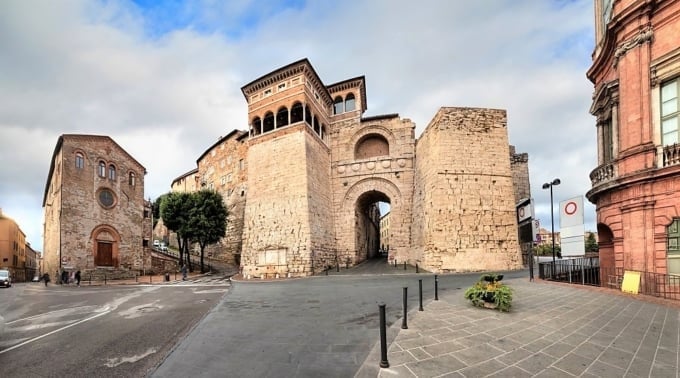
The Etruscan Arch is a structure believed to have been built during the 2nd century BC, in the Etruscan period. This ancient gate has survived for a long time without being destroyed and still serves as part of daily life for the citizens of Perugia, witnessing the comings and goings of people.
The gate’s robust and majestic design evokes a sense of strength, having withstood the test of time. It blends so seamlessly with its surroundings that you might pass by it without noticing, so keep an eye out. It is also illuminated at night, creating a different atmosphere compared to daytime. Across the street from the arch is the Palazzo Gallenga, home to the University for Foreigners of Perugia, where you can often see many international students. Be sure to explore Perugia, a city rich in international culture.
Name: Augustus Gate (Etruscan Arch)/Arco Etrusco
Address: Piazza Fortebraccio, Perugia, Italy
Official/Related Site URL: http://turismo.comune.perugia.it/poi/arco-etrusco-o-di-augusto
◎ Summary
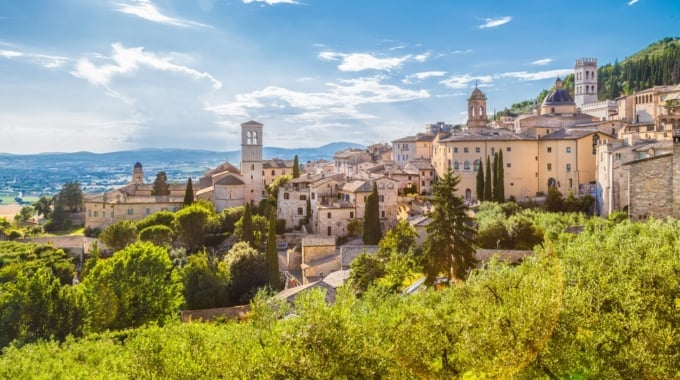
Perugia is a city where you can still feel the breath of the Etruscan and Roman empires. It’s a city filled with a mysterious charm that feels like you can travel through different eras. The Perugina company, famous for producing Baci chocolates—one of Italy's popular souvenirs—was founded in Perugia in 1907. As a city known for chocolate, Perugia attracts many tourists, who can also enjoy Italy’s gourmet delights. When traveling to Italy, be sure to visit Perugia.
RELATED ARTICLES
REGIONS
CATEGORIES
FEATURED ON Uncategorized
-
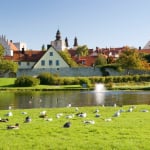
A beautiful townscape that brings history into the present: 3 recommended sightseeing spots in Visby
-
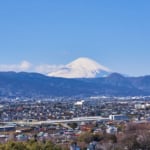
Enjoy sightseeing in Odawara, a city that still retains the atmosphere of a post town! 8 carefully selected spots
-
-
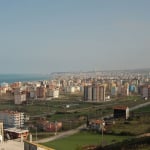
Turkey is Full of Attractions! Here are Samsun’s Sightseeing Spots!
-

From Classics to Hidden Gems! 8 Breathtaking Scenic Spots to Enjoy in Kagoshima
MOST POPULAR ON Uncategorized
-
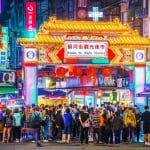 1
1How to Get to Taipei’s Raohe Street Night Market and Top Gourmet Spots
-
 2
250 Must-Visit Tourist Spots in Aomori Prefecture|Area-Specific Travel Guide
-
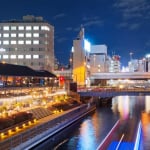 3
3Must-Visit Stylish Tourist Spots in Horie, Osaka!
-
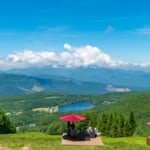 4
420 recommended sightseeing spots in Tateshina, Nagano Prefecture! Enjoy all seasons
-
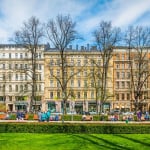 5
5Top 8 Shopping Spots in Finland for Nordic Design Enthusiasts
